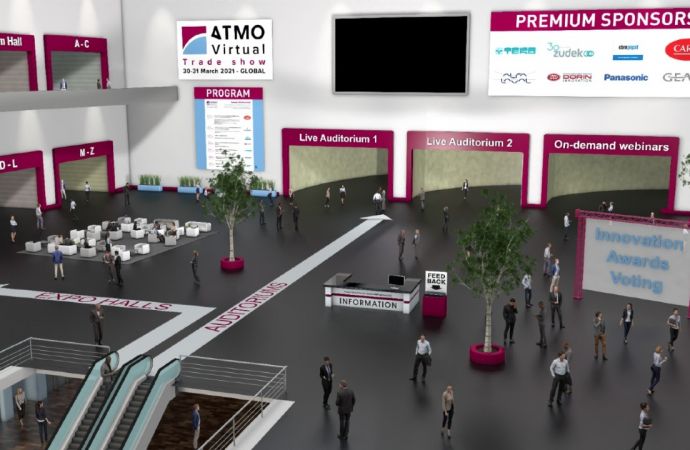Part two of the article on the RSES Manufacturer Webinar Series presentation by John Prall of Embraco North America looks at how to address the need for larger refrigerant charges, condenser and expansion device design.

John Prall noted that hydrocarbons are safe alternatives to potent HFC refrigerants and that most light commercial applications can be covered with the charge limit of 150g, which is roughly equivalent to the amount of liquid contained in two or three cigarette lighters. If a larger charge is required, Prall stated that using multiple circuits could be a solution to ensure adherence to charge limits.
He also informed listeners that there is currently an IEC group seeking approval to increase the charge limit to 300-500g, which would nearly cover the entire plug-in range using a single circuit solution. Prall expects this process to take approximately two more years in Europe, after which one could reasonably expect the EPA and UL to begin following IEC (International Electrotechnical Commission) regulations.
For optimal performance condensers require sufficient subcooling
Optimising the condenser requires attention to two TD (temperature differences), the condenser temperature vs. ambient temperature, where a larger TD will result in lower costs and volume, but will perform less efficiently, and a smaller TD will be more efficient, but add in material costs and volume.
Prall explained that sufficient subcooling is critical to the performance of the condenser, and that having too little or too much subcooling could be an indication that the size of the condenser should be adjusted. In addition, using smaller tubing or a microchannel condenser can help reduce charge.
The condensing method used will affect refrigerant charge as well. As Prall noted, water-cooled condensing has the advantage of low refrigerant charge, offers excellent control of operating conditions, reduces noise because there is no fan, and can offer a lower condensing pressure by using cooler water, resulting in increased capacity. The down side of this method though, is that it requires a water loop, which can add significant costs to the overall project, according to Prall.
Expansion devices: the pros and cons of capillary tubes
Prall discussed two types of expansion devices, capillary tubes and thermal expansion valves (TXV). Prall pointed out that capillary tubes are inexpensive and easily achieve charge balance. In addition, they can be used as suction to liquid heat exchanger to get additional super heat and don’t require a low starting torque (LST) compressor. On the other hand, they can be difficult to size, can clog easily and varying load conditions will cause the superheat to fluctuate. Prall spoke about three ways to apply capillary tubes to a system. He suggested that applying them inside the suction line is most effective, providing suitable superheat return for compression and good liquid subcooling out of the condenser. Other ways include brazing along the suction line and wrapping the tube around the suction line. All three methods result in improved efficiency and reduction in mass flow, which allows for a lower charge.
The capillary tubes are used with an accumulator located in the low side of the system protecting the compressor from liquid return when there are varying load conditions. Prall stated, though, that accumulators have little impact on charge because they only contain vapour refrigerant.
Thermal expansion valves offer better control and are more flexible in terms of application, though they are more costly and require high start torque compressor (HST). Receivers are used with TXV and are located in the high side of the system, which could result in increased charge.
Other considerations
In addition to the main components of the system, Prall noted other things that should be considered in order to reduce refrigerant charge:
- Minimising copper line runs
- Using small filter driers
- Implementing hot gas defrost
- Dual circuiting for larger systems – usually charge becomes a limiting factor in systems over ¾ horsepower, whether LT or MT applications
About embraco
Embraco is a global market and technological leader in hermetic compressors for refrigeration, with their mission to provide innovative solutions for a better quality of life. As one of the pioneers in the development of environmentally friendly products, Embraco reinforces its commitment to global sustainability by offering a full range of high-efficiency compressors and condensing units.
With factories in Brazil, Italy, China and Slovakia and productive capacity of 36 million compressors per year, Embraco also produces electronic systems to make intelligent household appliances.
MORE INFORMATION
Related stories




